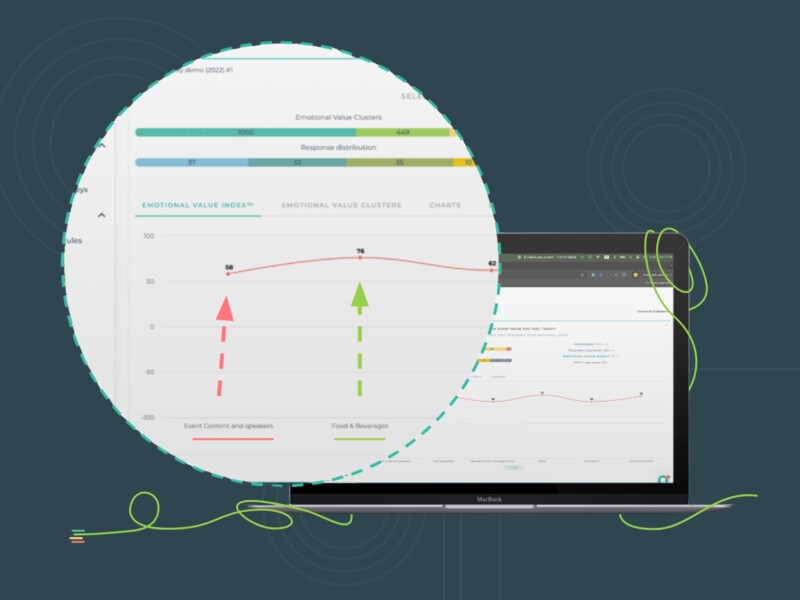Why do customers choose one brand over the other when both offer similar products in quality and price? Why do customers cling to expensive brands when they can get one with the same functionality for cheaper?
Loyalty and brand image may seem the obvious answers, but did you know that these eventually tie to customer emotions? Emotions create preferences in customers’ minds, which in turn drive them to take action. It all lies in the experience that different brands offer and the different emotions they evoke in us.
Impact of emotions on purchasing decisions
Most of the purchasing decisions are based on how customers feel or how they felt during a similar experience in the past. When choosing a brand, we tend to prioritize the ones that align with our convenience, preferences, and interests. In this sense, brands that make us feel happy, confident, and inclusive win over the others.
Customers also grow loyal to a brand and feel more inclined to purchase from it repeatedly because they have a sense of emotional attachment toward the brand. They are drawn toward businesses that evoke positive feelings in them. So, there’s no doubt that emotions are the #1 factor for customers when it comes to buying a product or service.
For business, it means that the focus is no longer on mere great products. Emotional experience is also a dominant factor for growth and success. Businesses that try to keep their customers happy from awareness to post-purchase phases have a better chance of achieving sustainable growth in the long term.
Understanding your customer emotions
The emotional experience delivered by a business influences how customers perceive the brand. Tracking and measuring customer emotions is a good way to understand if customers regard your business positively or negatively.
There’s also a lot more you can gain by analyzing your customers’ emotions throughout the customer journey. When you can see how customers feel and react at different touchpoints, it becomes easy to recognize the strengths and pain points in the customer journey.
Emotions explain customer behavior explicitly, and understanding them helps businesses take the right actions in the right stage. For example, you can identify the reason for high cart abandonment rates by measuring how customers feel during the checkout process. Keeping track of your customers’ emotions is an effective way to know what drives sales and what causes increasing churn rates.
EVI® – The emotional KPI
The Emotional Value Index (EVI®) is the CX KPI for measuring emotional experience. Through EVI®, businesses can easily measure and analyze customer emotions at different stages in the buying journey. You can use it to identify the quality of a particular touchpoint or gain an overview of the customer experience.
Using EVI® alongside other KPIs like NPS and CES, you can identify customer pain points, and their root causes effectively. Businesses can use EVI® to streamline the buying journey and offer a smooth and effortless experience for their customers. The end goal is to evoke emotions that will persuade customers to buy more and buy repetitively from you. Gradually, your customer base will improve through loyalty and advocacy, generating higher revenue.
Based on our recent studies, we have found that there’s an 80% correlation between EVI® and sales via basket size and conversion rates. If you link EVI® data with sales data in your organization, you will note that happier customers lead to higher sales.
Moreover, companies using EVI® have also witnessed a 3 times bigger growth in loyalty and customer retention rates compared to NPS. By recognizing the emotions that drive sales rates up and fine-tuning the customer journey to deliver a very satisfying experience, you can build a lasting client base.




